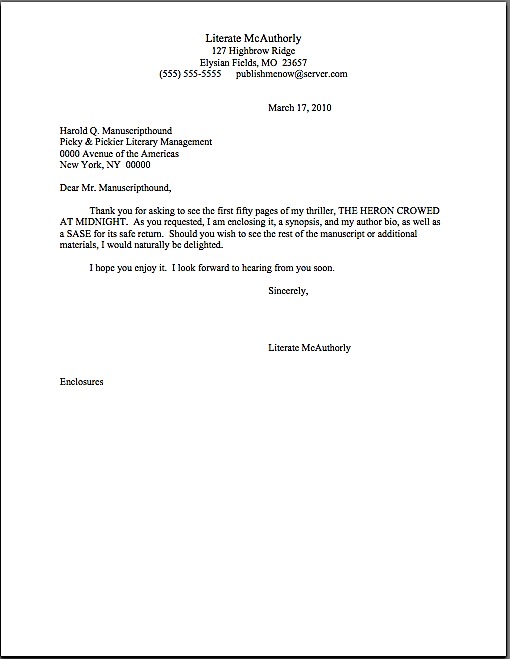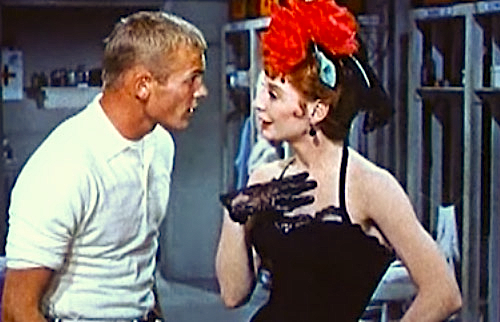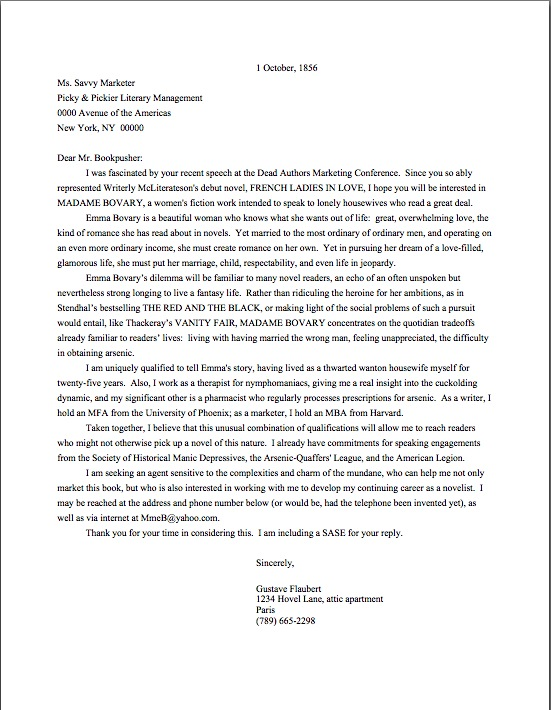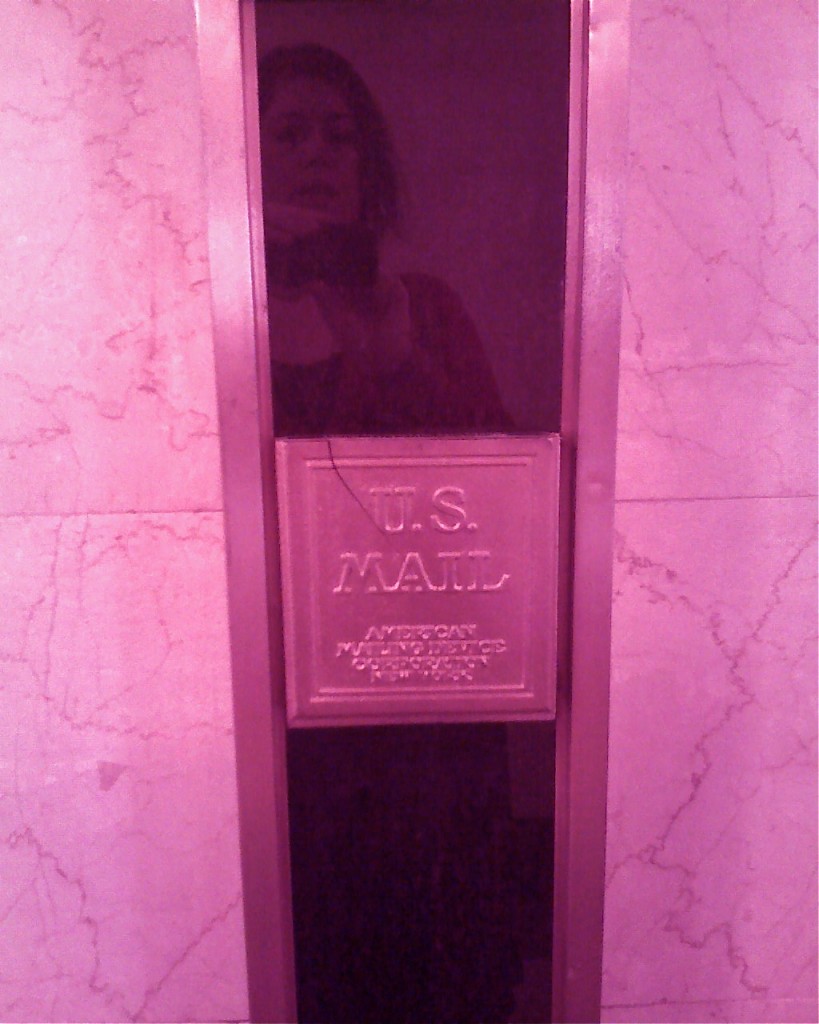I’m having a good day, campers: today, I got to delve back into an editing project I’d had to put aside for a while. It’s something that requires my full energy; digging one’s arms up to the elbow in a complex manuscript takes more out of a conscientious editor than writers tend to believe.
You’d be surprised at how deeply those of us who read for a living can bond with the manuscripts we handle. It’s not as though an editor (or an agent, or an agency screener) can plop himself down and read a book like any other reader; it’s our job to be alive to every detail. I like to think of myself as the book’s advocate, trying to figure out all of the little ways to make it as beautiful and marketable as humanly possible.
And no, in response to what a good third of you just thought very loudly, beautiful writing is not always marketable, any more than marketable writing is always beautiful. Ideally, a manuscript should be both. It should also, if I can possibly manage to nudge it in this direction, be written in a voice and vocabulary appropriately challenging for its target readership.
Bringing out any of these laudable traits is not only a matter of critiquing what could be improved; quite a lot of what I do involves helping the author see what is already good and could be made better. Part of being a thoughtful freelance editor — as opposed to a careful copyeditor, the nit-picky soul who concentrates on making sure that the manuscript is clear and the sentences grammatically correct, the minimum standard for professional writing — involves not only checking for possible red lights that might lead to rejection, but also figuring out what a manuscript’s strengths are, as well as why it will appeal to its target audience.
Again, those are not necessarily the same thing, right?
Most aspiring writers do need to be reminded, I’ve noticed, what is good about their work. Or even told what the selling points for their books are.
There’s a pretty good reason for this, actually. Throughout the writing process, it’s awfully easy to start to think of the effort you’ve put into a book as its most important characteristic. But realistically, publishing houses do not acquire books simply because someone went to the trouble to write them. Nor, contrary to popular opinion amongst aspiring writers, will readers — ones who do not already know the author personally, at any rate — pick up a book simply because somebody happened to write it.
Why does prompt publishers to acquire manuscripts and readers to buy books, you ask? Would I sound like a broken record if I suggested that both sell because of their strengths?
In fact, the length of time it took to write a book is precisely the wrong thing to mention in a query letter or pitch; it’s widely considered unprofessional. Millicent the agency screener is apt to regard queries that include statements like I have spent seven years writing NOVEL, GREAT AMERICAN as not only a waste of page space, but as a studied appeal for her sympathy.
“Why on earth would I care how long this manuscript took to write?” Millicent murmurs into her omnipresent latte. “And why would I be more favorably impressed by a seven-year effort than one that took only six? What matters is on the page, not what Herculean efforts it took to get there.”
Let me repeat that, as it’s awfully important: at the submission stage, manuscripts are evaluated based upon what actually appears on their pages, not the writer’s intentions, effort, or even what the book might look like after a conscientious editor’s had a few rounds with it. Many, many aspiring writers seem to have a hard time accepting this, judging by how often justifications and explanations seem to find their way into queries and pitches. From a professional point of view, this information just isn’t relevant.
But that’s not the only reason that including it could hurt you. Because it’s quite standard for both agents and editors to request revisions after taking on a book project — see my earlier observation about how involved professional readers can get with manuscripts they like — it’s prudent to assume that the pros in your future will expect you to be able to incorporate feedback in a timely and reasonable manner. So if the agent of your dreams’ reaction to a detailed account of the five years you invested in producing the manuscript is less likely to be, “Gee, this book must be worthwhile,” but “Heavens — if a single draft took five years, how long will any revisions I want take?” is it truly in your interests to mention it?
Save the probably quite interesting story of how you churned out that 400-page novel in the scant ten-minute increments you managed to snatch between your day job and your night job for future interviews. Trust me, your reading public will eat it up.
In your queries and pitches, stick to the information that Millicent actually needs in order to decide whether to request pages. As submitting writers are all too prone to forget, publishing is a business, not an art form — agents and editors acquire books they believe are marketable, not just ones they believe are well-written. And, as I believe I have mentioned several hundred times before, they do not — contrary to the hope of most submitting writers — read the entire submission before making up their minds on either point.
Anyone care to tell the class at what point in the average submission Millicent stops reading? Think on it, and I shall give you the answer at the end of this post.
Hint: it doesn’t necessarily correlate to the number of pages her agent boss asked you to send. Not at all.
How does this relate to the revision process, you ask? Well, swift judgments mean that if you have limited revision time at your disposal, it’s smart strategy to concentrate on the first 50 pages of your manuscript — the usual first request from an agent — or, in a pinch, the first 5. (If you are planning to head to a writers’ conference anytime soon, burnishing the first 5 until they shine is imperative: the first five pages of the manuscript are the standard writing sample, the most anyone is at all likely to ask to see within the context of a pitch meeting. But I digress.)
Do I sense an undercurrent of amusement out there? “Are you seriously taking the time to justify doing any revision at all, Anne?” those of you who have followed the Pet Peeves on Parade series closely ask, chuckling. “Isn’t it a bit late in the series for that? We all know what a stickler Millicent can — and indeed, should — be. Or are you once again leading us down the primrose path to some well-concealed eventual point?”
Well, the importance of revision bears repeating, chucklers, but you’re right: my little peroration was warming you up for a pet peeve that I suspect not all of you will agree is problematic on the page. Or so professional readers like yours truly surmise from how pervasive the problem I’m about to mention is in submissions — particularly in openings.
I’m speaking, of course, to invocatory rhythms that don’t quite work. And you thought this post wasn’t going to be a continuation of our discussion on voice!
Invocatory rhythms are one of the most popular tools aspiring writers use to beautify their narratives, a kind of sing-song rhythm that alerts the reader that Something Literary is Going on Here. One of the easiest ways to add this music to a text is through word and phrase repetition. Take a gander at a fairly representative sample:
Musette ran through the corridor, ran like the wind, ran as though lions were behind her and the open arms of a knight in shining armor in front. Didn’t she deserve her freedom, after all this time? Didn’t she deserve a life free of the incessant demands of boss, husband, co-worker, photocopy machine, cat? Didn’t she, in fact, deserve to breathe the fresh air of autonomy, unfettered by any limitations whatsoever?
See the problem? No? Okay, let’s take a peek at it through Millicent’s experience-sharpened peepers.
Musette ran through the corridor, ran like the wind, ran as though lions were behind her and the open arms of a knight in shining armor in front. Didn’t she deserve her freedom, after all this time? Didn’t she deserve a life free of the incessant demands of boss, husband, co-worker, photocopy machine, cat? Didn’t she, in fact, deserve to breathe the fresh air of autonomy, unfettered by any limitations whatsoever?
The problem is clearer now, right? Not only does this innocent-looking paragraph harbor a heck of a lot of word and phrase repetition — enough that our Millie may murmur under her breath, “Wow — doesn’t this writer know any other words?” — but that eye-confusing reiteration is encased in identical sentence structures. The result is a little something we professional readers like to call structural repetition: a percussive repetition of similarly-structured sentences (or sentence fragments) intended to make a rhythmic point.
Why bring this up as a voice and revision problem, in addition to a notorious Millicents’ pet peeve? Because part of the issue here is editorial: merely broadening the vocabulary, the usual fix for word repetition, would not solve this problem. Lookee:
Musette ran through the corridor, sped like the wind, fled as though lions were behind her and the open arms of a knight in shining armor in front. Didn’t she deserve her liberty, after all this time? Didn’t she merit a life free of the incessant demands of boss, husband, co-worker, photocopy machine, cat? Didn’t she, in fact, have an inherent right to breathe the fresh air of autonomy, unfettered by any limitations whatsoever?
Better already, is it not? To a professional reader, though, this passage would still read as structurally repetitious, despite the wording being more varied (and thus more interesting) this time around. And that reaction is apt to confuse self-editors, who would tend to see the nice, pulsing rhythm pushing the paragraph forward, rather than the probability that the too-similar sentence structures will cause the reader to zone out a bit as the paragraph goes on.
Not to mention the virtual certainty that Millicent will murmur, “There’s nothing inherently wrong with this narrative trick, but why must this writer foist it on us twice in a single paragraph?”
You’ve got an excellent point there, Millie. Like every other narrative device, structural repetition works best when it is used sparingly.
How sparingly, you ask with fear and trepidation? Two or three times, say, in the course of a manuscript, to draw the reader’s attention to particularly important passages. Even within the context of this short excerpt, see how much more effective the first use of structural repetition is if we remove the second.
Musette ran through the corridor, sped like the wind, fled as though lions were behind her and the open arms of a knight in shining armor in front. Didn’t she deserve her liberty, after all this time? She longed with the urgency of a sneeze for a life free of the incessant demands of boss, husband, co-worker, photocopy machine, cat. Clearly, she had an inherent right to breathe the fresh air of autonomy, unfettered by any limitations whatsoever.
Didn’t like it that way? Okay, let’s switch where the structural repetition falls — and while we’re at it, take out the cliché about the wind.
Musette sped through the corridor as though lions were behind her and the open arms of a knight in shining armor in front. Didn’t she deserve her liberty, after all this time? Didn’t she merit a life free of the incessant demands of boss, husband, co-worker, photocopy machine, cat? Didn’t she, in fact, have an inherent right to breathe the fresh air of autonomy, unfettered by any limitations whatsoever?
Was that a sudden gust of non-clichéd wind that just made my cat topple over, or did a significant minority of you just sigh gustily?
“I see that there are repeated words in the original version, Anne,” some of you point out, “but frankly, I liked it best. Surely the choice to incorporate structural repetition is a stylistic choice, rather than a matter best left up to an editor. Unless you have just inadvertently proven your point about not every reader’s liking every well-written narrative voice, and you are demonstrating yourself to be the kind of knuckle-dragging troglodyte who eschews the joys of literary fiction in favor of novels that — ugh — feature a plot?”
Actually, I’ve been known to read and enjoy both, oh ye quick to judge. What’s more, I’ve read plenty of literary fiction with strong plots and genre fiction that features beautiful language. So there.
But you are obliquely correct, oh sighers, that the original version above was more likely to have dropped from the fingertips of a writer with specifically literary aspirations than one who was aiming for a more mainstream readership. Since invocatory rhythms are quite common in poetry, this style turns up very frequently in novel and memoir submissions, particularly in those that are either literary fiction or are other types of manuscript written with a literary tone. It just sounds pretty, right?
“If the writing’s pretty on an individual sentence level,” sighers everywhere argue, “how could that be problematic in a submission?”
In several ways, actually. Rather than telling you why, let’s look at the single most famous example of invocatory prose in English literature, the opening to Charles Dickens’ A TALE OF TWO CITIES. Yes, I use this particular example fairly frequently, but humor me here: Dickens, bless his now-still heart, has provided us with a lulu of an example of why structural repetition is problematic in print.
Just for kicks, pretend that you have never seen it before, and try to read like an agency screener. To facilitate that laudable endeavor — and to give you the opportunity to judge for yourself whether all of this textual repetition provides a compelling entrée into the story that follows, here is not just the well-known opening, but the next page as well. As always, if you find you are having trouble making out the individual words, try holding down the COMMAND key and pressing + to enlarge the images.
Now, this voice is certainly distinctive, isn’t it? Hard to conceive of a more memorable opening, rhythmically speaking. But it’s also true that if these were the first two pages of a submission, virtually any modern-day Millicent would have rejected it by line three. Any guesses why?
If your hand instantly shot into the air, alerting me to your trenchant observation that it was because the first paragraph is one interminable run-on sentence — 119 words, connected incorrectly by commas, rather than semicolons, sacre bleu! — give yourself a gold star for the day.
Ditto if you zeroed in upon the apparently random capitalization of nouns, the criminal punctuation choices, the ubiquitous logical contradictions (yes, I know it’s meant to be ironic; think like a screener here and look for reasons to shout, “Next!”), the second paragraph written entirely in the passive voice, and the fact that two paragraphs into the piece, the reader still has absolutely no idea who the protagonist is or what’s going on.
And can’t you just picture an editor furiously scribbling in the margins: “Which was it — the best of times or the worst of times? It could hardly have been both. Commit to one or the other!”
Although any one of those perfectly valid objections might have prompted that cry of “Next!”, the structural repetition is what most pros would have noticed first. To see why, you stand up right now and take two steps backward from your computer monitor.
Notice the visual pattern? Millicent would have spotted it as soon as she pulled the first page of ol’ Charles’ manuscript out of the envelope.
Actually, if you’ve been revising for a while, you might have caught that the structural repetition problem without backing off. A solid tip-off: the verb to be appears 14 times within the first sentence.
It was the best of times, it was the worst of times, it was the age of wisdom, it was the age of foolishness, it was the epoch of belief, it was the epoch of incredulity, it was the season of Light, it was the season of Darkness, it was the spring of hope, it was the winter of despair, we had everything before us, we had nothing before us, we were all going direct to Heaven, we were all going direct the other way — in short, the period was so far like the present period, that some of its noisiest authorities insisted on its being received, for good or for evil, in the superlative degree of comparison only.
Yes, this is a level of verb variation that would make Millicent long for the comparatively challenging vocabulary choices of See Dick run, Jane. Run, Jane, run. Remember, though, it’s not just the repeated words and phrases that would raise professional readers’ weary eyebrows here: it’s the phenomenon of consecutive sentences being set up in the same way. No matter how great your high school English teacher told you this particular opening was, it’s dull for the reader to read the same It was X, it was Y sentence structure over and over again.
Or, indeed, any given sentence structure, if it is repeated often enough within too few lines of text.
Unfortunately, a lot of writers just adore structural repetition: it reads a bit like a prayer. It can provide a driving, almost galloping rhythm to a page. Many aspiring writers see that rhythm in the work of authors they admire and say, “By gum, I’m going to make my paragraphs read like that!”
And they do. Sometimes, they make their paragraphs read like that several times per page.
Don’t mind that loud rapping. It’s merely Millicent pounding her head against a wall, moaning, “Make it stop! Make it stop!”
That’s what happens when perfectly legitimate voice choices run amok. Like any magic trick,, repetitive structure loses its ability to charm when the reader sees it too often. After a surprisingly short while, it can start to come across less as an interesting stylistic choice than as a sort of narrative tic.
Don’t believe me? Okay, let me ask you: how many iterations of It was… did Dickens put you through before you first thought Oh, come on, Chuck; get on with it?
“But Anne,” lovers of percussive repetition beg piteously, “I just love my structurally repetitious opening page/paragraph/chapter. If I’m careful not to use this trick again anywhere in the manuscript, I can keep it, can’t I?”
I have a news flash from Millicentville: she sees a LOT of structurally repetitious openings; as with anything else she sees a dozen times a week, it’s probably going to be more difficult to impress her by this method. She’s also not particularly likely to believe that an opening redolent with repetition is a one-time narrative choice.
More often than not, when a manuscript opens with repetitive structure, it will continue with repetitive structure. That, alas, renders structural repetition dangerous to use in the first pages of a submission. Or book proposal. Agents and editors are just so used to this tendency that they’re all too likely — fairly or not — to conclude that to read on would be to be treated to the same type of sentence over and over, ad infinitum.
And that, my friends, is not invocatory; it’s soporific. Next time, I shall talk about ways to tell which is which in your writing, to figure out when invocatory rhythms will help your work.
Remember, Millicent seldom makes it all the way to the bottom of page one. That’s not a whole lot of lines in which to establish the originality and power of your voice.
Too bad our pal Chuckles blew his chance by repeating himself so much, eh? Keep up the good work!

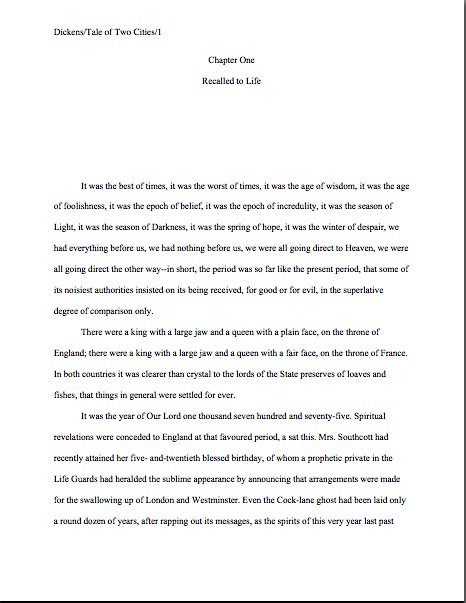
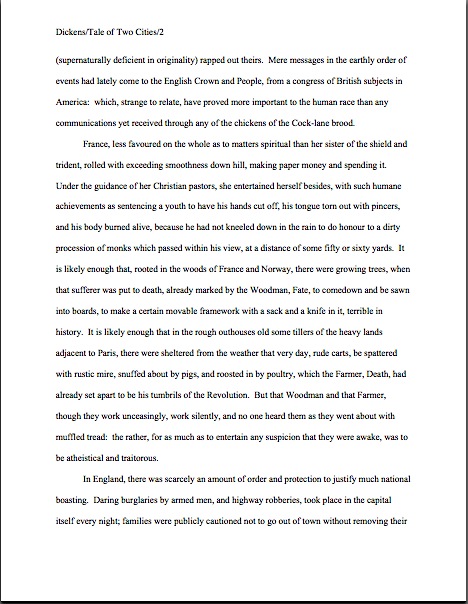


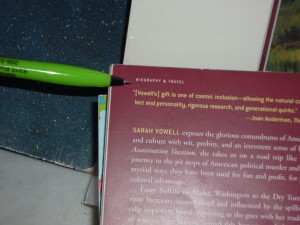
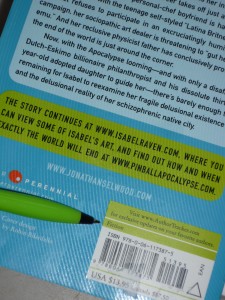



 Unless an agency states SPECIFICALLY in its agency guide listing or on its website that it insists upon an exclusive for any submission it considers, these days, it is assumed that a market-savvy writer will be sending out simultaneous queries.
Unless an agency states SPECIFICALLY in its agency guide listing or on its website that it insists upon an exclusive for any submission it considers, these days, it is assumed that a market-savvy writer will be sending out simultaneous queries. 

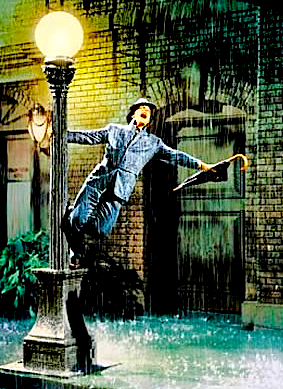

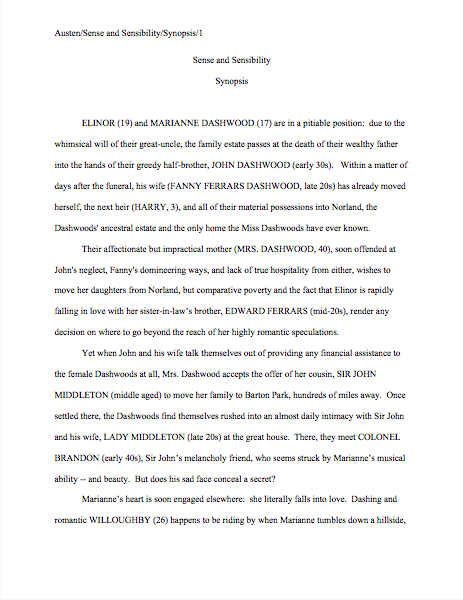
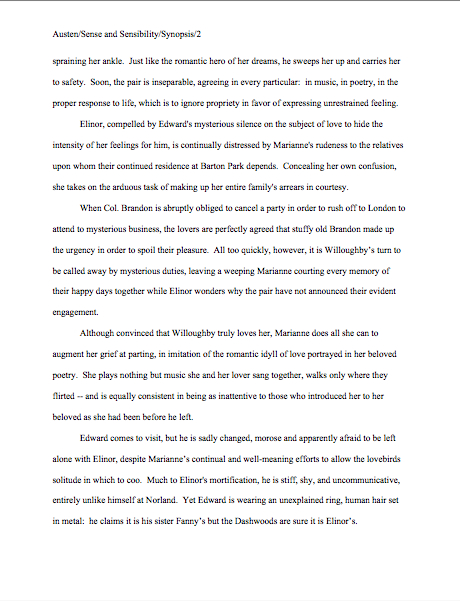
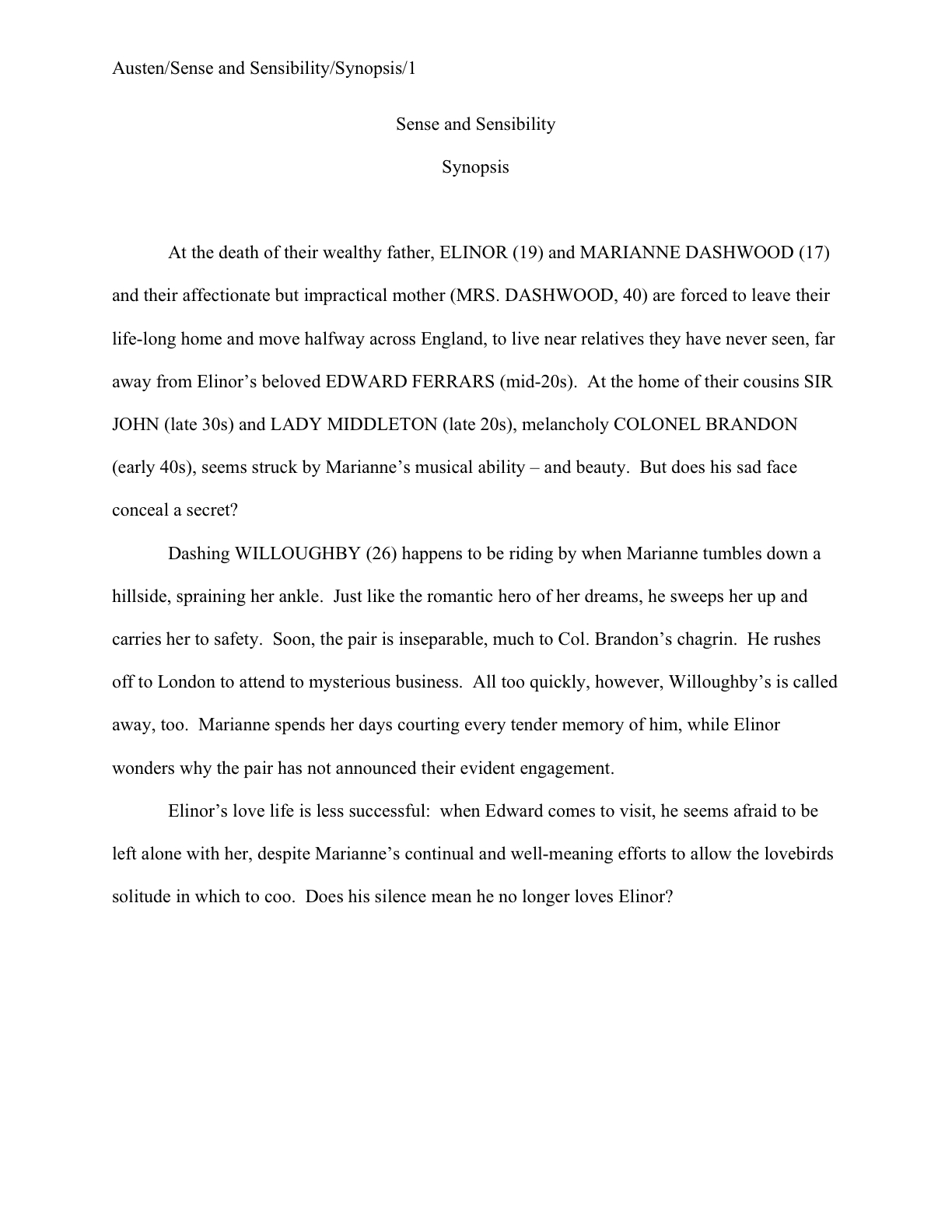


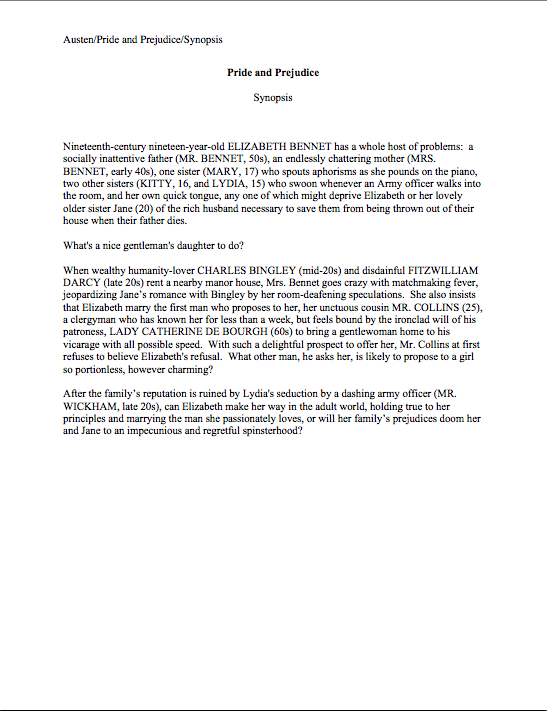
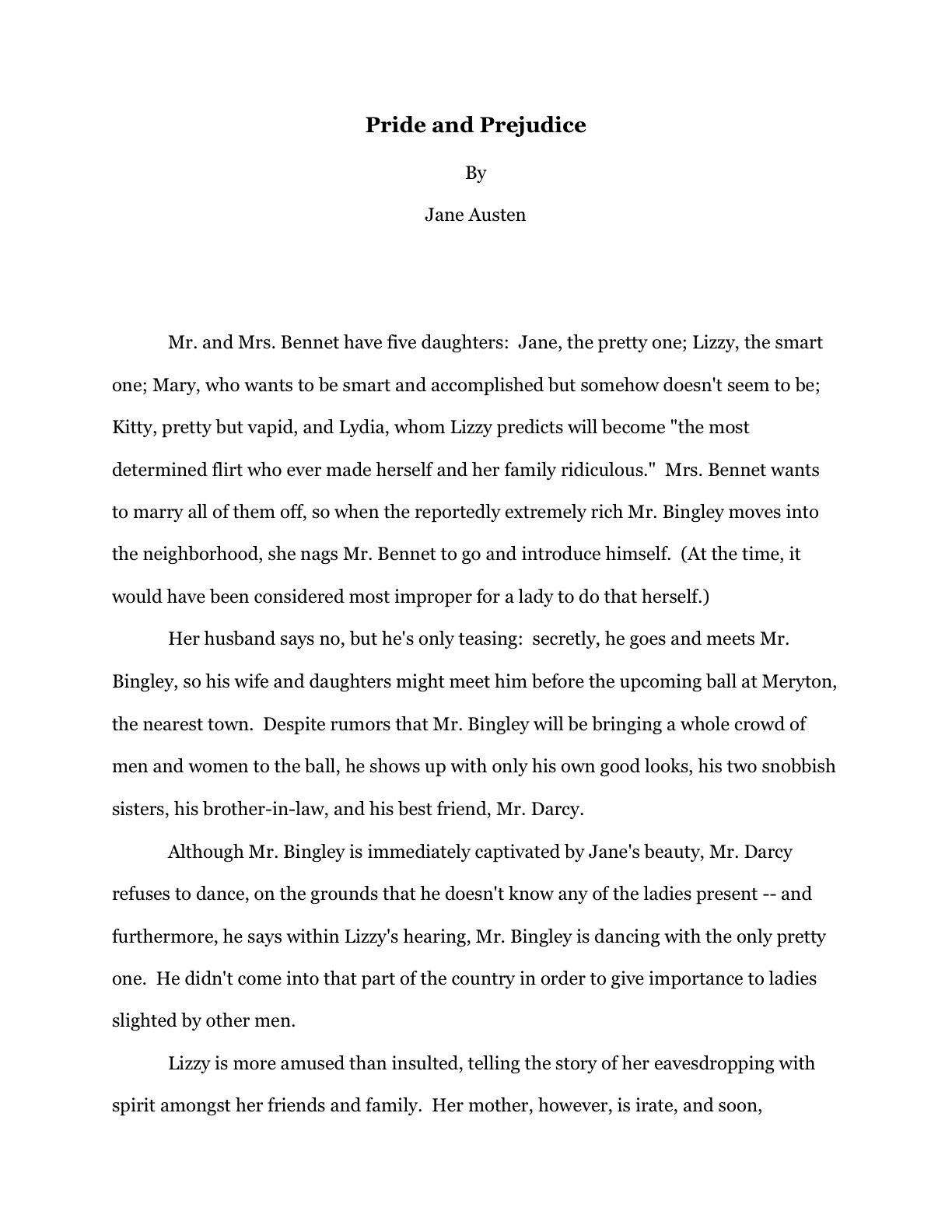
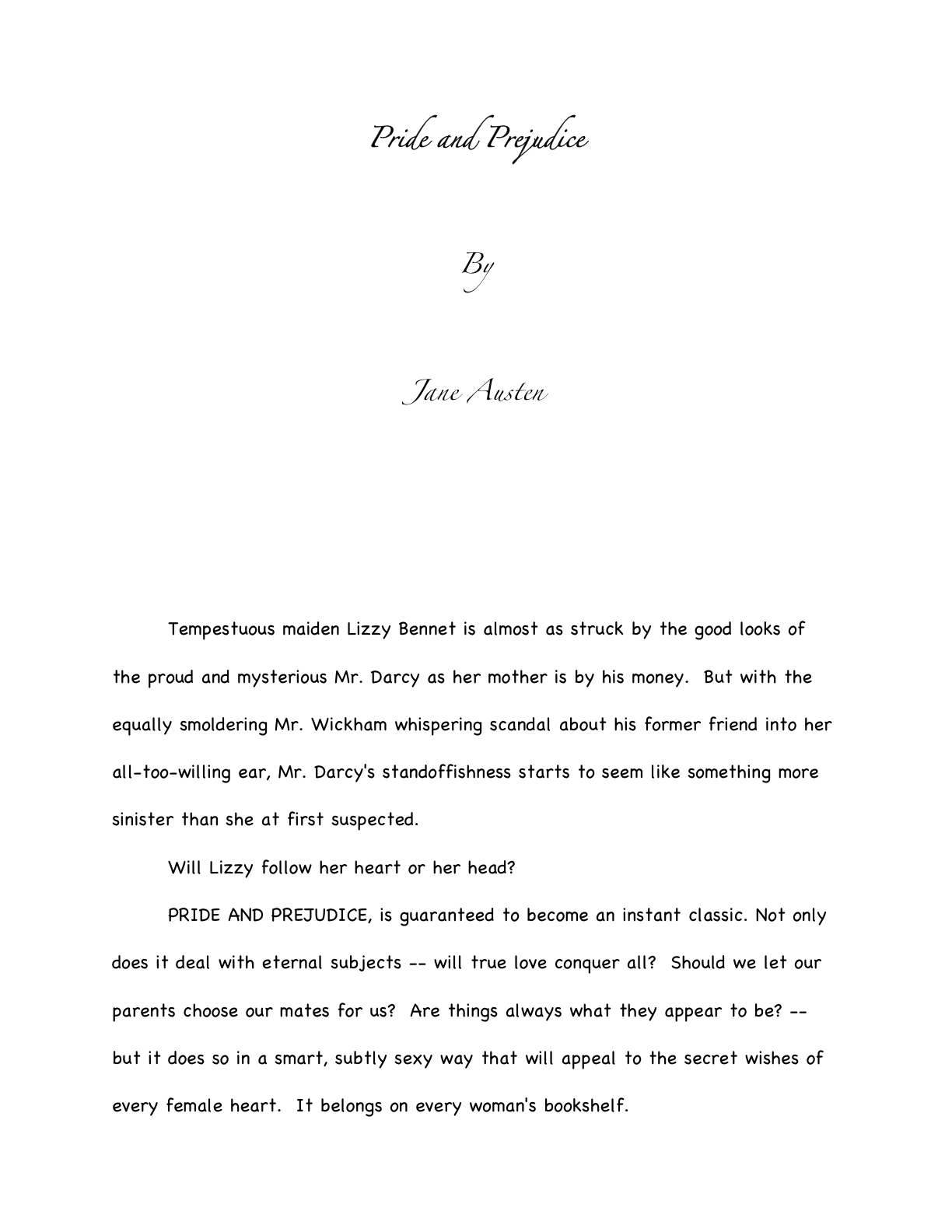


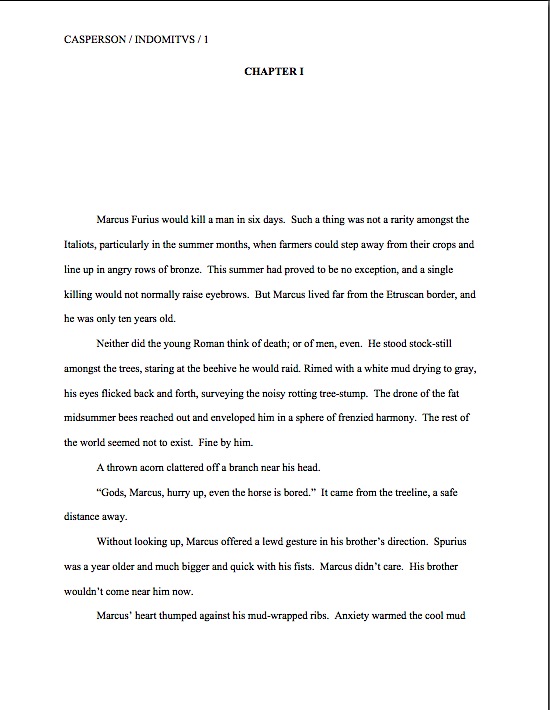
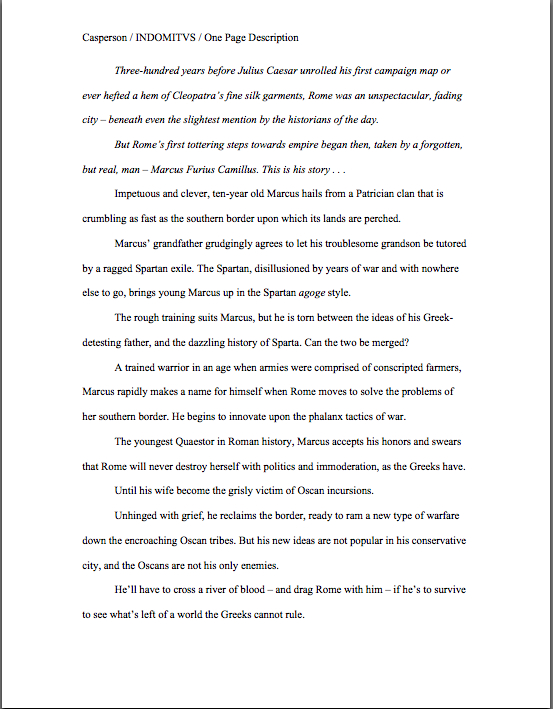
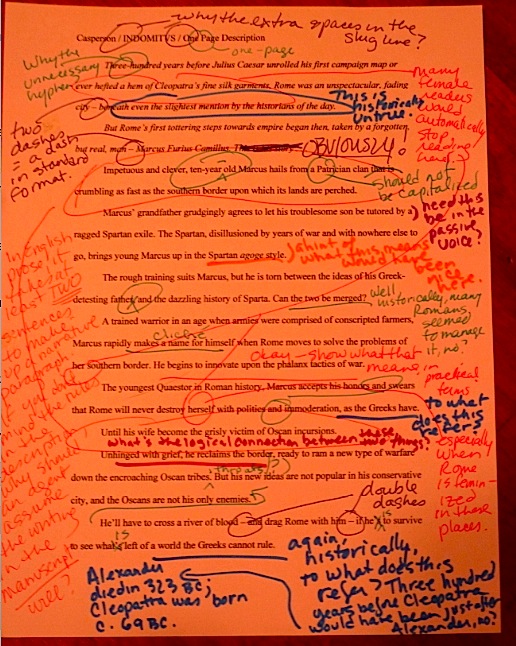
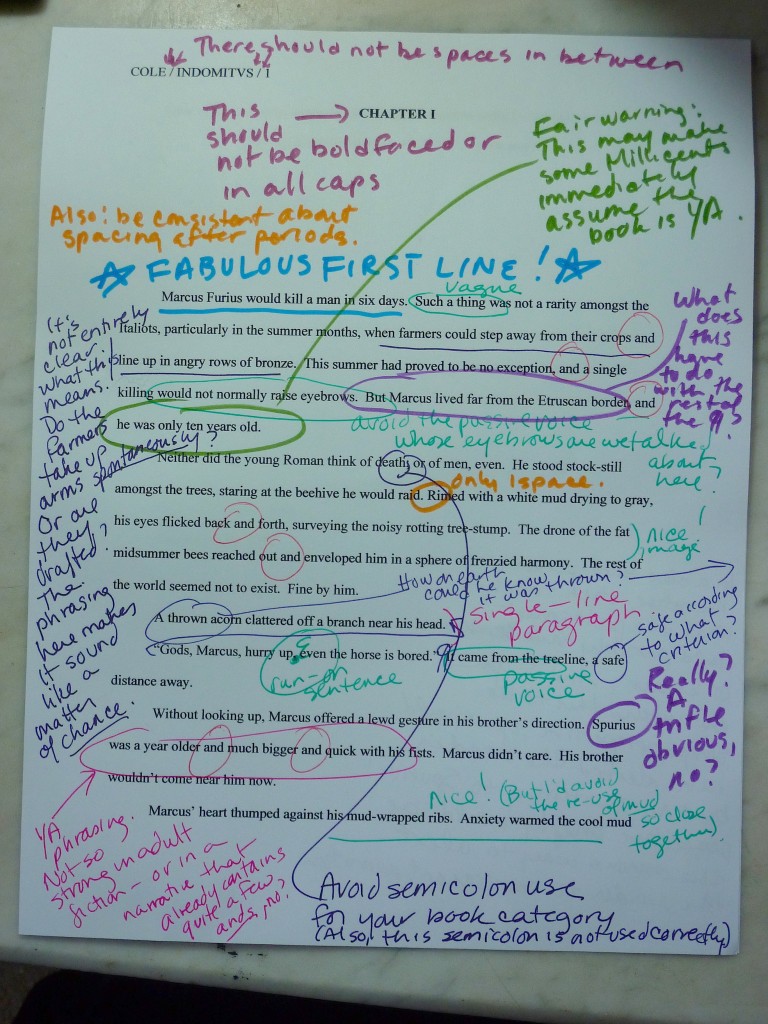



 No matter how many pages or extra materials you were asked to send, do remember to read your submission packet IN ITS ENTIRETY, IN HARD COPY, and OUT LOUD before you seal that envelope. Lest we forget, everything you send to an agency is a writing sample: impeccable grammar, punctuation, and printing, please.
No matter how many pages or extra materials you were asked to send, do remember to read your submission packet IN ITS ENTIRETY, IN HARD COPY, and OUT LOUD before you seal that envelope. Lest we forget, everything you send to an agency is a writing sample: impeccable grammar, punctuation, and printing, please.

